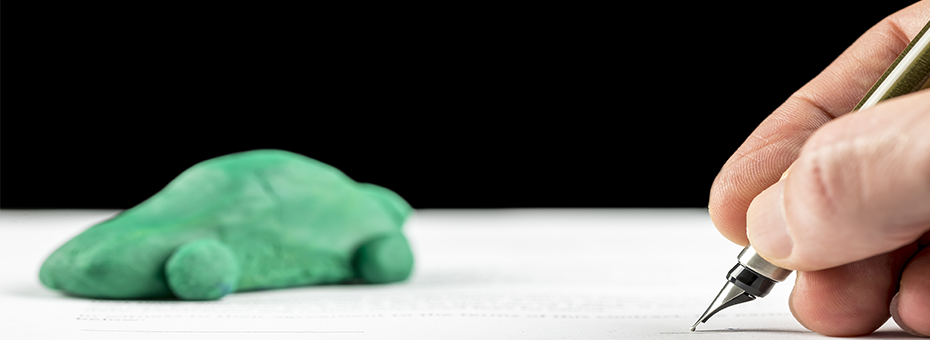Consumers want products and services updated more frequently, and that’s great for consumers and business but not so great for the environment because a third of man-made carbon emissions come from production processes, notes Katrina Appell, PhD, who is helping product developers balance these competing forces.
Working with lean guru Jeff Liker and lean development executive Jim Morgan, her research and practical work with companies examine the effectiveness of different approaches to using lean principles in complex environments.
Chet Marchwinski, communications director at the nonprofit Lean Enterprise Institute, interviewed her at the annual Designing the Future Summit
Q: Let’s start with the problem. Consumers want products and services updated more frequently, but that can have a negative impact on the environment because now we’re creating more emissions. How can companies deal with this conflict?
Katrina: That’s a really good point. A lot of times people just look at the amount of carbon emissions in the use of the product, but making the products also has a big impact that usually isn’t thought about as often. What organizations can do is look at the entire value stream — not just through the manufacturing process — but the use of the product.
In the sustainability world, that’s life cycle analysis: looking at what’s being used in the make phase, the use phase, and the end-of-life cycle. With Lean Product and Process Development (LPPD), we take that systems view and think about how can we make these products more efficiently even if we’re replacing them more often.
Q: What is it about Lean Product and Process Development principles that make them so effective about getting out waste during the development phase?
Katrina: The first principle of LPPD is to understand what the product needs to be by spending time upfront to really understand the whole system and where the carbon emissions are going to be throughout the process. Then align the organization and effectively collaborate to achieve those goals.
Q: Don’t designers and product developers have enough to do when they’re designing the new products and services? Can’t we wait until the end, then go back and start the environmental analysis?
Katrina: After product development, companies will look at what the impact is, and then maybe they can make some tweaks, but all of that is rework.
Q: Lean Product and Process Development is a different way of doing product development, so is there anything about a person’s mindset that ties into whether or not they can handle this change?
Katrina: So much of product development and a lot of lean management, in general, is focused around how you handle uncertainty. In traditional development, a lot of times you want to lock down specs. But there’s so much uncertainty when you’re developing products that things are going to change. So Lean Product Process and Development creates a system that handles uncertainty. If you look at the different mindsets approach with the work Carol Dweck has done, having a fixed mindset can’t handle uncertainty.
Q: If viewers want to learn more about cutting emissions during the development process and Lean Product and Process Development where can they go?
Katrina: For Lean Product and Process Development, we’ve got a workshop in September in Boston, which is a two-day immersive experience of looking at LPPD from the start, through execution.
We’ve got ongoing research with Dan Cooper at the University of Michigan focused on how do we use Lean Product and Process Development to help with these issues.
Q: I should mention, too, that you’ve done an article on cutting emissions that people can read at www.leanPD.org, and we’ve got links to the research if people want to get involved in that.
Next Steps:
- Register for the two-day, in-depth workshop with instructors Katrina Appell and John Drogosz: Designing the Future: A Lean Product Development Immersive Learning Experience, Nov.13-14, 2019, Boston. Review the curriculum and enroll.
-
When you practice Value-Stream Mapping for Manufacturing at the workshop set for Nov. 12, 2019, you’ll understand how to apply lean management techniques for maximum impact and improved flow of value to customers. Mapping helps you avoid the common mistake of cherry-picking individual lean techniques, which creates isolated islands of improvement and limited benefits.
- Read Katrina’s story “Cutting Carbon Emissions and Product Costs Through Lean Product and Process Development” on the Lean Post blog. No registration required:
- If you have utilized any of these methods to lower carbon emissions and are willing to participate in the research, please contact Katrina at appell@umich.edu.






